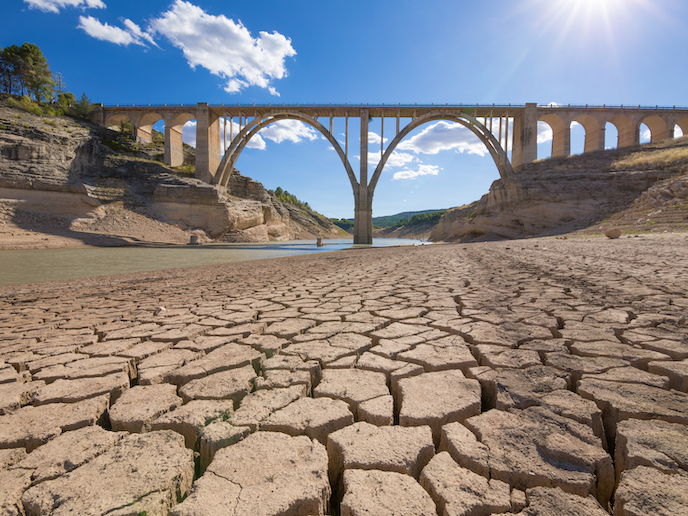Pinning down the cost of drought in Mediterranean countries
European countries like Spain and Italy are predicted to suffer drought increasingly in the years ahead, with some regions at risk of turning into desert. That’s why it is crucial for policy-makers to start forecasting and planning for the effects. EU project WATER DROP analysed micro-data from these two countries to develop a new method to account for the direct and indirect effects of droughts on the economy. The method could be applied to other regions and countries in the future and is easily scalable. “I corroborated that even a small drought can spread its effect and represent substantial aggregate economic effects on the whole system,” says David García-León, the postdoctoral fellow who carried out the research. “A drought will directly affect production in the agricultural sector and this decrease in production will also decrease the value generated in the food manufacturing sector or other service sectors such as hotels and restaurants.” With support from the Marie Skłodowska-Curie programme, García-León used high-resolution climate and agricultural data during his two and a half years of research at the Ca’ Foscari University of Venice and the Eni Enrico Mattei Foundation. Both in Italy, the two research centres share a tradition of studying environmental issues from a multidisciplinary point of view. “Multi-disciplinarity is key to tackling problems that integrate human and natural systems,” said García-León.
Policy tool
García-León’s methods integrated local-scale drought impacts into macro-economic models, key for policy-makers trying to plan and mitigate the damage of climate change. “The proposed method can also evaluate potential land shifts into more optimal or efficient uses, so it is also a valid tool for policy evaluation,” García-León explains. A secondment to the European Commission’s Joint Research Centre also helped García-León gain a policy-orientated vision of how his data could be used to shape products that help in the decision-making process. Although scientists have long warned of the dangers of climate change on the planet, empirical estimates for drought and the extent to which local communities are adapting to it are still scarce. This is partly because the identification of climate change impact needs long-term data. Drought is also a wide concept and can relate to agricultural, meteorological, hydrological and socioeconomic droughts, says García-León. The impact of drought is also difficult to isolate, since numerous factors influence the growth and productive capacity of a plant, for instance. “Separating and capturing the effect of droughts isn’t straightforward,” García-León explains. “WATER DROP used high-resolution climate and satellite data to accomplish this task.” The project’s findings offer new insight into a largely unexplored field, which will be of growing importance as European societies adapt to the challenges of climate change. “There may be winners and losers,” García-León says. “We, as a society, must care about the losers in more vulnerable communities. Farmers in southern Europe will no longer exist unless the appropriate adaptation measures are taken.”
Keywords
WATER DROP, drought, climate change, high-resolution climate data, agricultural







